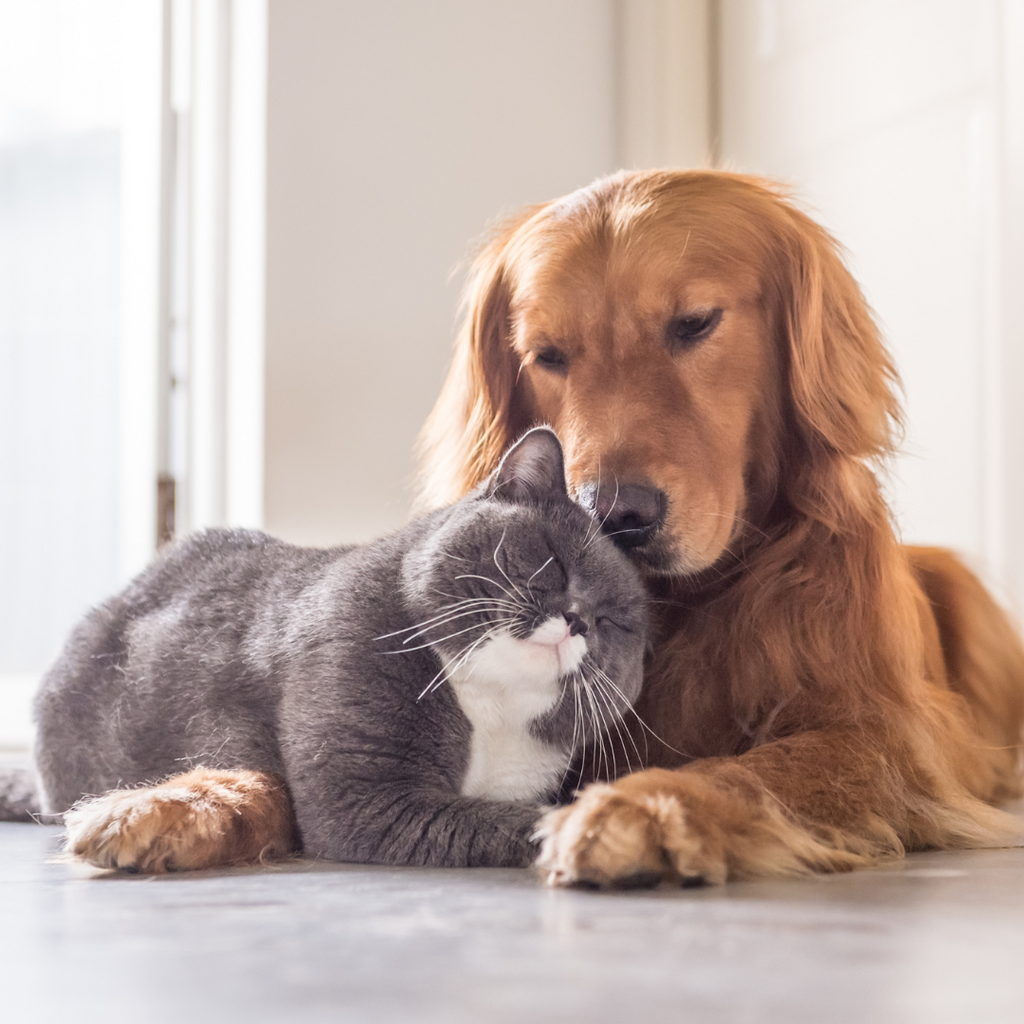Introducing Fido to Fluffy: A Guide to Bringing Home a New Dog When You Have Cats

Fluffy is used to being the king of the castle of your home. All of a sudden, an intruder is in the home - a loud and active intruder - a dog. Fluffy may not be pleased.
Whether you are bringing home a puppy or an older dog, it is important to take the right steps to allow both pets to be comfortable in their home.
Introducing a new dog to your cats can be a delicate process, but with the right approach, it can be done successfully. Here are some steps you can follow to help ensure a smooth introduction.
Prepare A Safe Space for Your Cats
Before bringing the new dog home, create a separate room or space for your cats to retreat to where the dog can't access them. This will give them a sense of security and a safe space to retreat to if they feel uncomfortable or threatened. Ensure that their food, water, and litter are all accessible to them.
Many of our Litter Box Enclosures will give your cat a safe and accessible space for their litter box, but also will help to keep it out of sight and to keep the odor and litter contained.
Introduce Pets Gradually
Start by allowing your cats to investigate the new dog from a safe distance. You can do this by placing the dog in a crate or behind a baby gate. This will give the cats a chance to get used to the dog's presence without feeling threatened.
Use Positive Reinforcement
Reward your pets with treats and praise for good behavior around each other. This will help them associate each other's presence with positive experiences.
Supervise All Interactions
Always supervise your pets when they are together until you are sure they are comfortable around each other. If any aggressive behavior is observed, separate the animals immediately.
Give Your Cats Plenty of Attention
It's important to continue giving your cats attention and affection, even after the new dog has arrived. This will help reassure them that they are still loved and valued members of the family.
Be Patient

The process of introducing a new dog to your cats can take time, so be patient and don't rush things. It may take several weeks or even months for your pets to adjust to each other's presence.
By following these steps, you can help ensure a successful introduction and a happy, harmonious household for all your pets.
Continue reading












